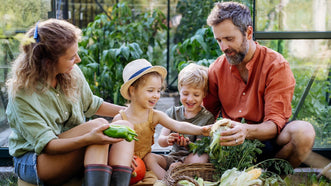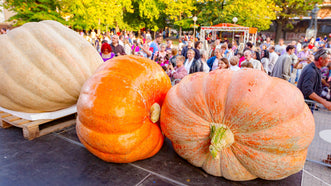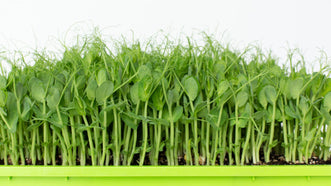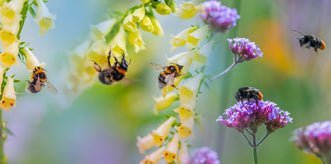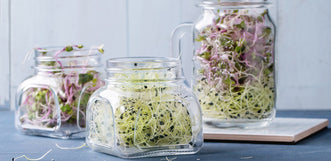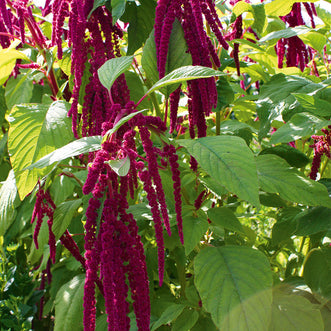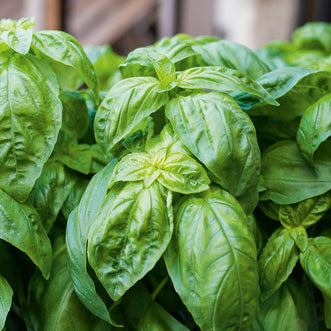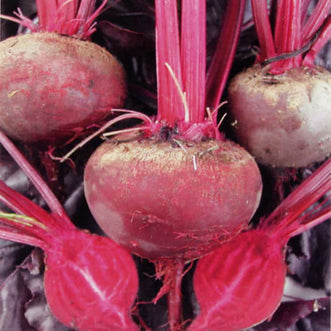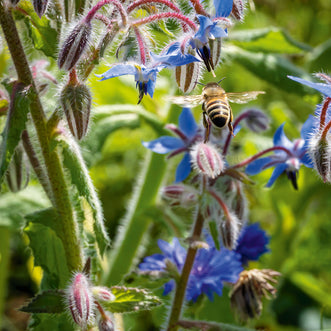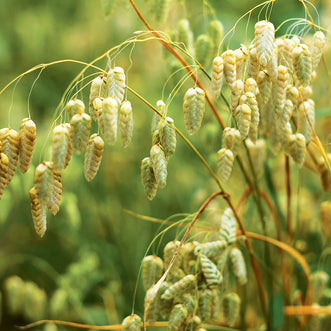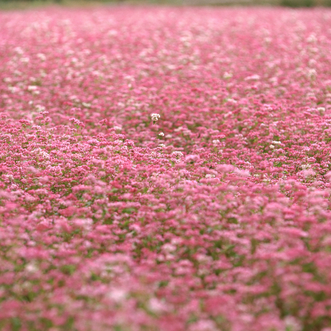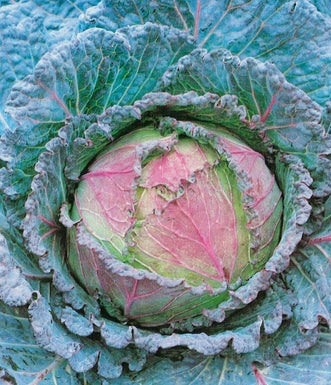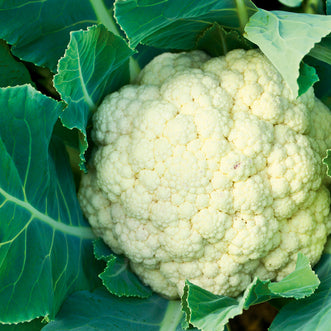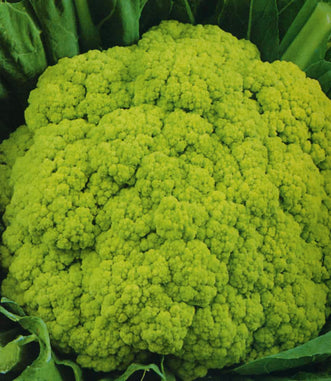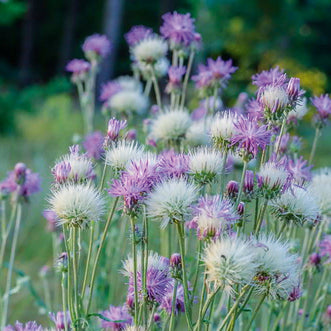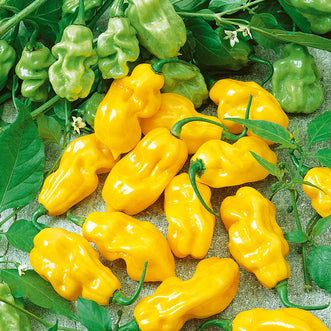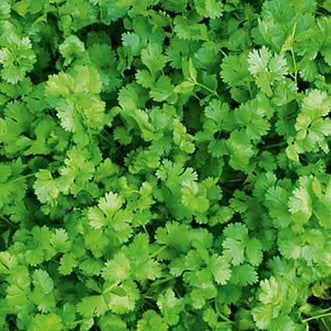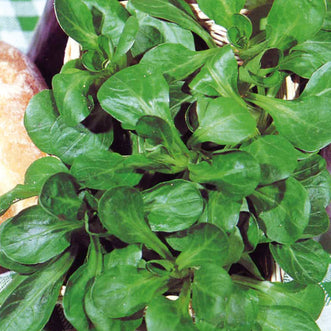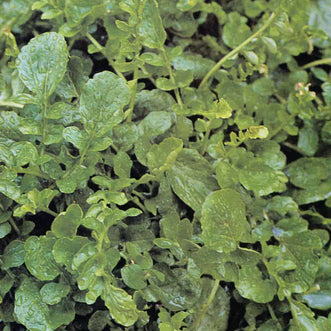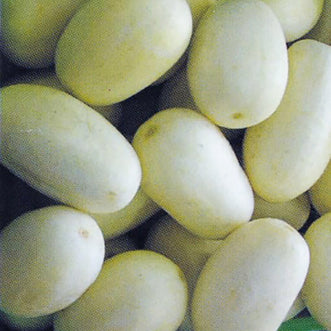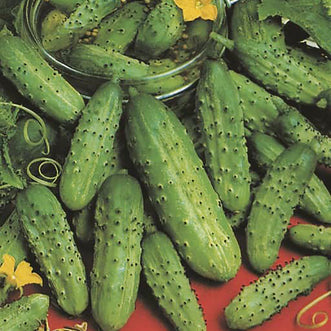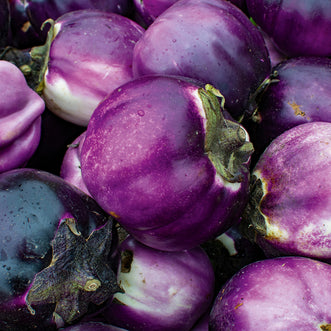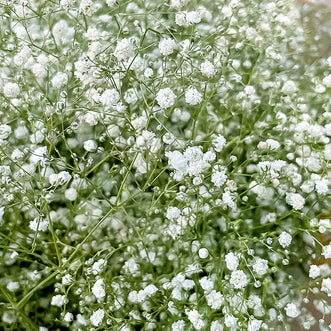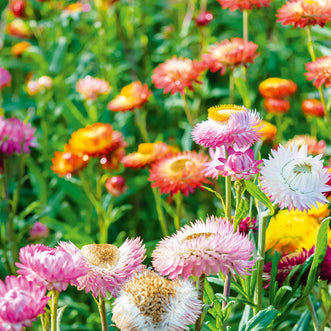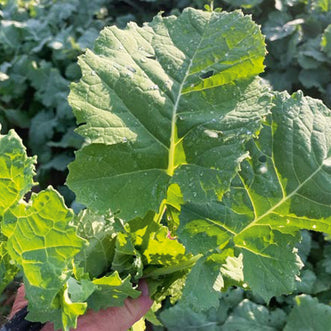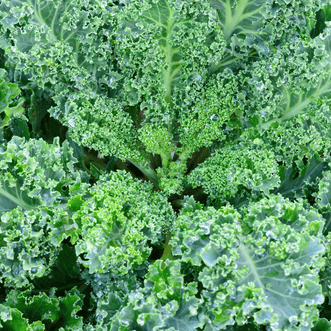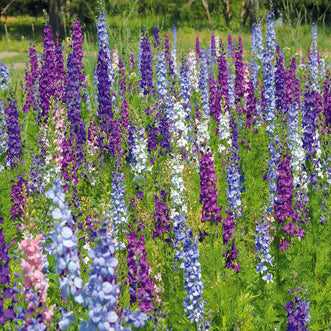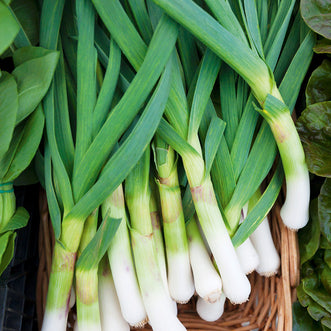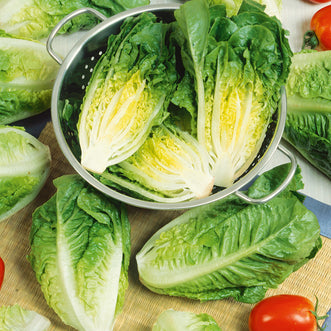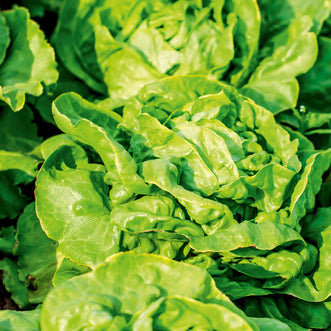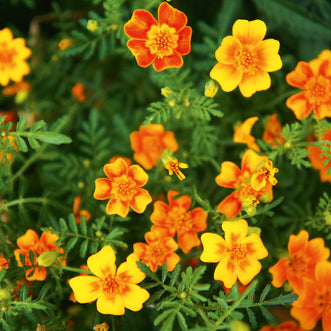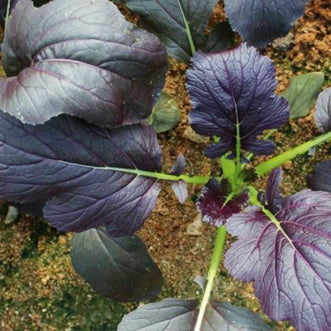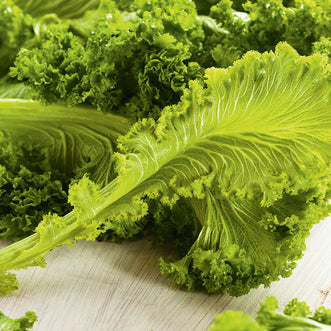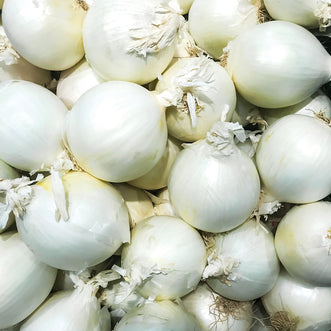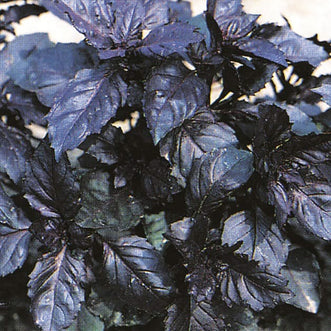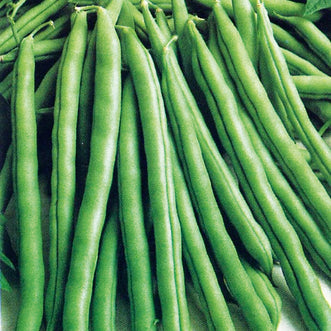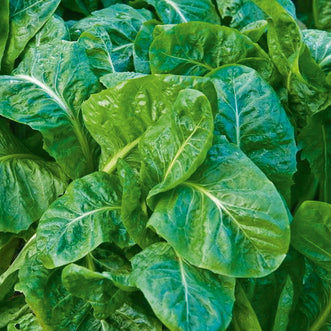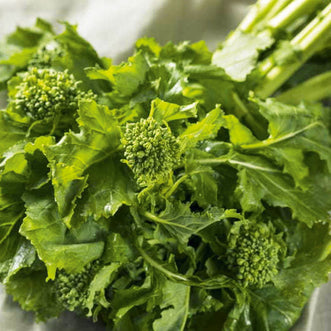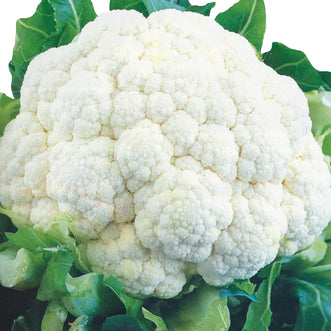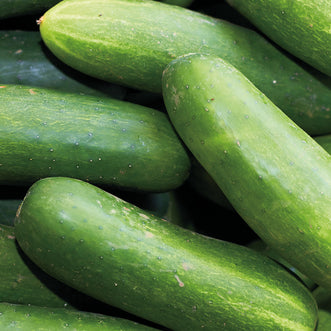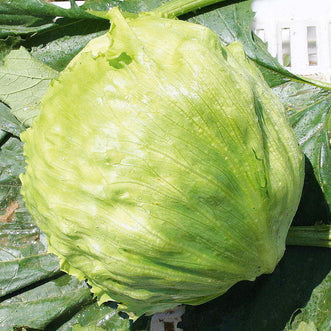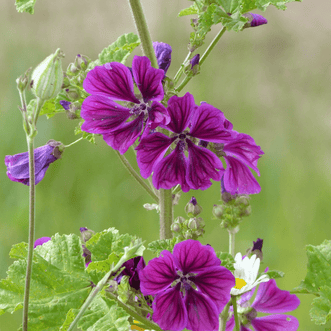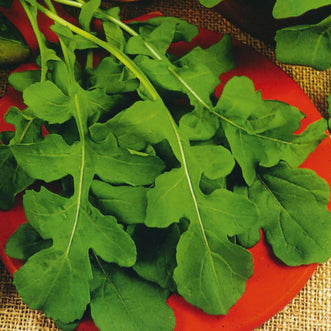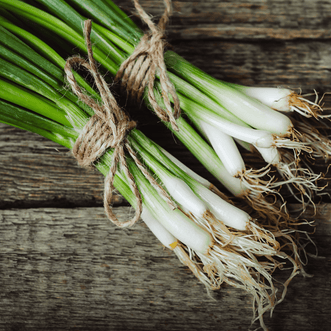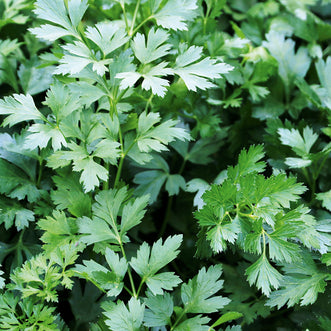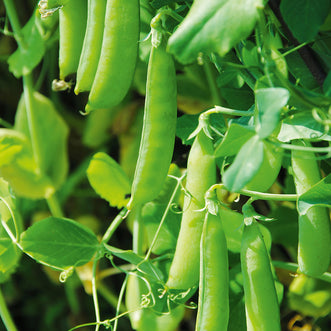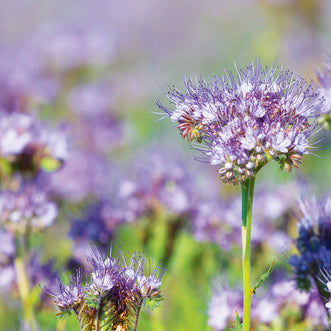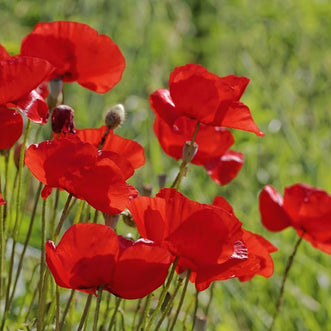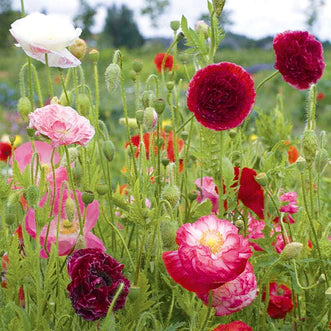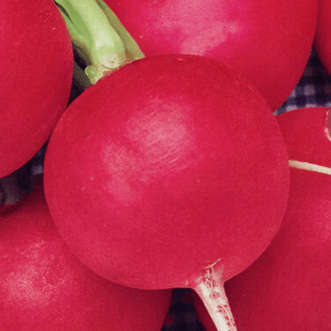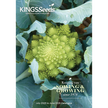Seed Raising Mixes for Best Results
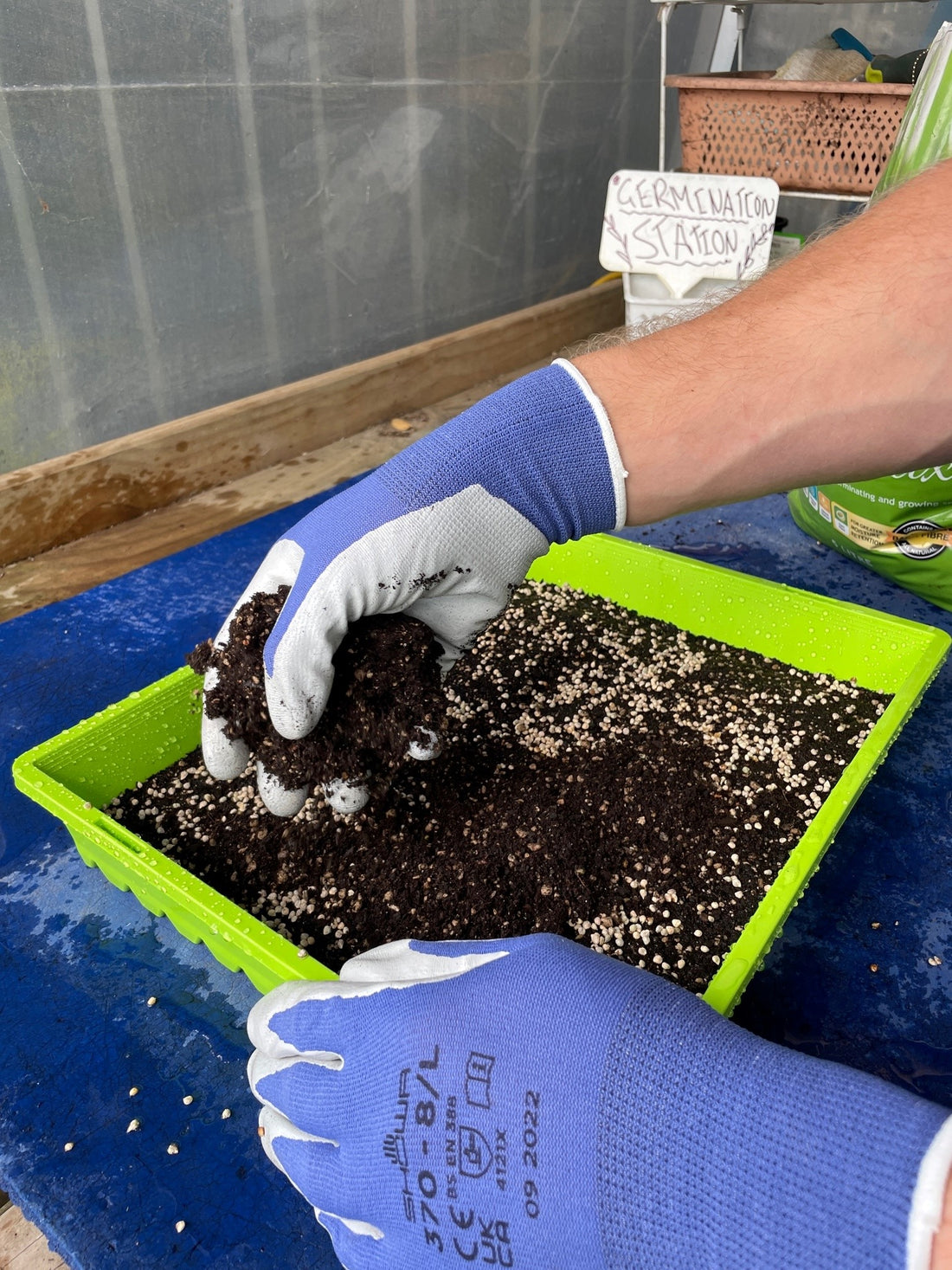
We often find that queries from customers about low germination can be linked to the seed raising mix they are (or, in some cases, are not) using. Seed raising mix is used for growing your trays of microgreens and for germinating your seedlings for transplant into your flower/vegetable garden after the last frosts have been and gone.

The Key Components
When purchasing seed raising mix, ensure you have all of these factors:
Particle size
...Beneficial Fungi
Seed Raising mix versus Potting mix
Sorry, but it is not a good idea to use tub or potting mixes for germinating your seeds. This is mainly because of the different fertilisers that are in each mix. In order for your seeds to germinate within a short time frame they need a fast acting fertiliser which is found in seed raising mix. This fertiliser lasts approximately 6 weeks, whereas potting mixes contain a stronger fertiliser intended to last 3-6 months, making potting mix likely to burn your tender young seedlings. The potting mix particle size is also likely to be bigger.
When to Replace your Seed Raising mix
It is a very good idea to purchase fresh seed raising mix every season. The fertiliser component is reduced significantly as the mix becomes stale and begins to break down. A great way to recycle old mixes is to compost them into your garden. This helps to use up the last of the goodies in the mix.
Sowing Seed
- Work in a well ventilated space to avoid inhaling the dust.
- Fill your tray with 3cm of seed raising mix (any higher is a waste of mix).
- Gently pat the mix down and water lightly so the mix is moist.
- Scatter the seed evenly in the tray and cover lightly with seed raising mix (no more than twice the diameter of the seed).
- Tamp the mix down again and water lightly OR gently soak the whole tray and allow to drain (only once the seedlings have emerged and firmly taken root).
- Covering the tray with a sheet of glass, clear perspex or cling film can help to maintain temperature and moisture levels.
- When seedlings emerge, remove the cover during the day but replace it at night. During the day, the tray should be placed where it will receive maximum day length, to avoid seedlings stretching to find sunlight.
- Generally, seedlings are large enough to transplant into individual pots when they have their first true leaves out and the second set is emerging. Transplant into seed raising mix rather than potting mix.
- Grow to the next stage - plants that are large enough and hardy enough to be transplanted into your garden beds (you can judge this by comparing your seedling with the size of seedlings you would find for sale at a garden centre).
When sowing seeds that are best sown directly where they are to grow in your garden beds - beans, peas, and fennel for example, you can throw a little seed raising mix over the sown seed. Due to the uniformity of the particles, the seed raising mix will help prevent the soil from forming a hard crust, making it easier for the seedling to push through. The seed raising mix will also be providing a mild form of fertiliser, which will benefit your seedlings without burning them.
Check the details in the catalogue for each variety. You will find information for each variety which tells you whether that variety is better as a 'transplant' or for 'direct sow'. Most flowers should be transplanted, except for sunflowers which can be directly sown where they are to grow.
Temperature of your Seed Raising Mix
As well as considering the makeup of your seed raising mix, also consider whether or not the mix is at the correct soil temperature for the variety you are sowing. Keeping the sown trays consistently warm during the spring is just as important as the quality of the mix. We realise there are a lot of keen and well-organised gardeners out there getting their germination underway nice and early, but we find that keen gardeners often think that sowing their seeds undercover in a glasshouse means providing the warming germination temperatures their seeds require. In fact, unless you heat your glasshouse, nighttime temperatures inside your glasshouse can still dip very low. This means that you are providing your seeds with inconsistent temperatures in the early spring when nighttime temperatures are still low. To combat this, use a heat pad until the night-time temperatures are not dropping below the germination temperatures recommended in our catalogue for the varieties you are sowing.
One of our staff came up with a lovely analogy for checking the nighttime temperature in your glasshouse. Go and stand in your glasshouse in your pyjamas at 4am (said to be the coldest time of the night) and if you are feeling the cold, you can be assured that your little seedlings are finding it too cold as well.
Hint
Check out our August 1st newsletter for our Earlybird Daltons Giveaway.

